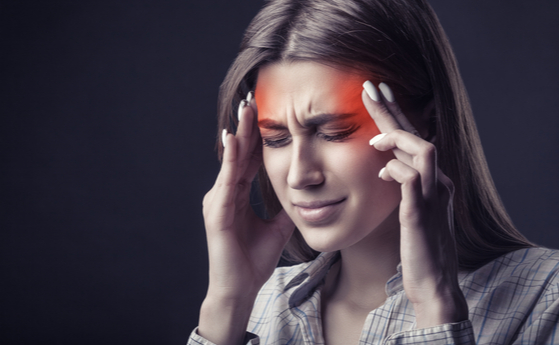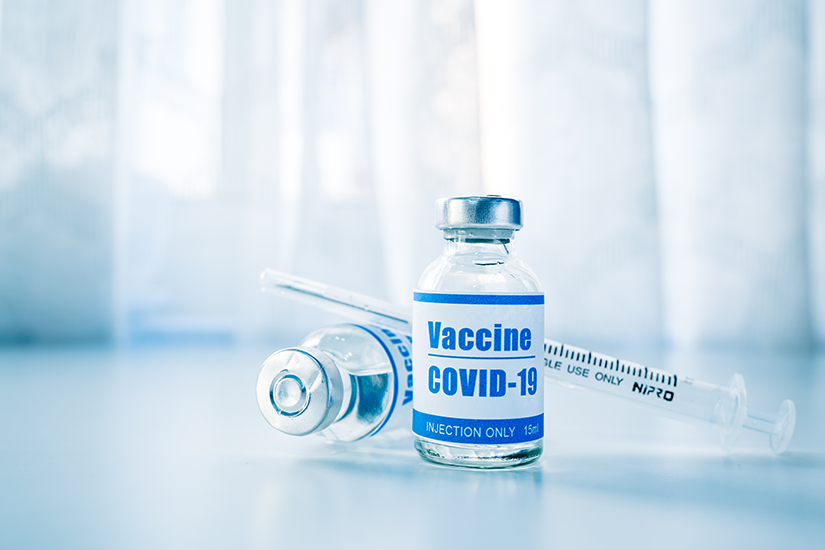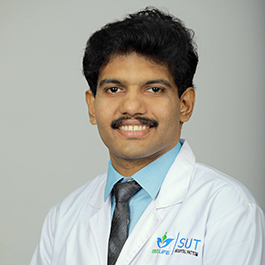- Emergency Ambulance Services
- 8606811111
- 0471-4077777, 0471-7177888
- gro@sutpattom.com
Headache
Dr. Susanth M.J, Consultant Neurologist, SUT Hospital, Pattom
Headache is an extremely common symptom and collectively headache disorders are among the most common of the nervous system disorders, with a prevalence of 48.9% in the general population. Headache affects people of all ages, races and socioeconomic status and is more common in women. Some headaches are extremely debilitating and have significant impact on an individual’s quality of life, imposing huge costs to healthcare and indirectly to the economy in general. Only a small proportion of headache disorders require specialist input. The vast majority can be effectively treated by a primary care physician or generalist with correct clinical diagnosis that requires no special investigation.
Headaches are broadly divided into primary and secondary. Primary headache disorders – migraine, tension headache and cluster headache – constitute nearly 98% of all headaches; however, secondary headaches are important to recognise as they are serious and may be life threatening.
The most common secondary headaches include:
• Space-occupying lesions, mainly intracranial tumours;
• Infections of the central nervous system, mainly meningitis or encephalitis;
• Subarachnoid haemorrhage;
• Giant-cell arteritis
• Cerebral venous thrombosis
• Idiopathic intracranial hypertension.
Patients with secondary headaches have symptoms or red flags in their patient history that will help in the diagnosis. The common red flags are
1. Thunderclap headache (intense, exploding and hyperacute onset)
2. New-onset headache in patients >50 years of age
3. Persistent morning headache with nausea
4. New onset of headache in a patient with history of cancer
5. New onset of headache in a patient with history of HIV infection
6. Progressive headache, worsening over weeks
7. Headaches associated with postural changes
8. Aura symptoms that
• Last longer than an hour
• Include motor weakness
• Are different from previous aura
• Occur for the first time on using oral contraceptive pill
Such headaches which are consistent with above mentioned red flag signs should consult a doctor
Primary headache disorders
Primary headache disorders constitute the vast majority of headache disorders, with migraine and tension-type headache (TTH) being the most prevalent. TTH affects 60–80% of the population while migraine has a prevalence of 15% (male 7.6%, female 18.3%). Cluster headache is uncommon (0.1%) but often misdiagnosed and mismanaged. Medication-overuse headache (MOH) is a secondary headache disorder and often co-exists with primary headache disorders, and is often described with them.
Migraine
Migraine is a common form of headache, often described as recurrent throbbing or pulsating, moderate to severe, and often unilateral pain that lasts 4–72 hours with complete freedom between the attacks (episodic). The headache is associated with nausea, vomiting and/or sensitivity to light, sound or smell. The patient prefers to lie still in a dark and quiet room, and to avoid physical activity. Many have visual aura, in the form of zigzag lines or spreading diminished sight or unilateral sensory disturbances and/or dysphasia may occur either at the same time or sequentially. Sometimes, particularly in older individuals, aura may occur without headache (migraine equivalent) and must be differentiated from transient ischaemic attack. Typically a migrainous aura evolves over a few minutes and marches from one area to the other.
Around 1.3–2.4% of migraine sufferers have chronic migraine defined by the IHS as headaches on 15 or more days in a month of which 8 or more days have migrainous features. Chronic migraine is the most disabling form of migraine with substantial impact on health-related quality of life, co-morbities and frequent accompaniment of medication overuse.
Preventive treatment must be considered in those with frequent migraine attacks or if there is lack of adequate response to acute medication. The chosen medicine must be titrated slowly to the optimum dose, unless there are side effects or tolerance issues, and to be effective must be continued for at least 4–6 months before considering a gradual withdrawal.
Tension-type headache
This is often described as a featureless headache because of the lack of associated symptoms that accompany migraine. The condition is often diagnosed but very poorly understood. The pain is described as aching or pressure, and as feeling as if the head is in a vice or has a tight band around it. TTH is commonly episodic and rarely impacts on activities of daily living. The chronic variant is uncommon and may be associated with medication overuse.
TTHs, both acute and chronic, are rarely disabling and analgesics are an effective treatment strategy for infrequent episodes. Those occurring more frequently may be prevented by the use of specific medications for a few months.
Cluster headache
These are a specific subtype of primary headache disorders characterised by headaches that are of short duration, are strictly unilateral and have accompanying autonomic features of lacrimation, rhinorrhea, conjunctival injection and ptosis.
Cluster headaches are more common in young men (3.5:1) who smoke (65%) and the pain is excruciating, often described as ‘suicidal headaches’. The attacks last between 15 minutes and 3 hours, occurring from once every other day to up to eight per day. The patient is extremely restless and agitated and often sweats profusely. The striking feature is the circadian rhythmicity with attacks occurring at the same time every day. Alcohol triggers an attack in almost all cases. Cluster headache is episodic in 80–90% of cases, with attacks occurring daily for a few weeks to a few months, followed by a gap of a few months to a few years. The chronic variety has continuous attacks for a year or longer with no symptom-free interval or a remission period that lasts for less than a month.









